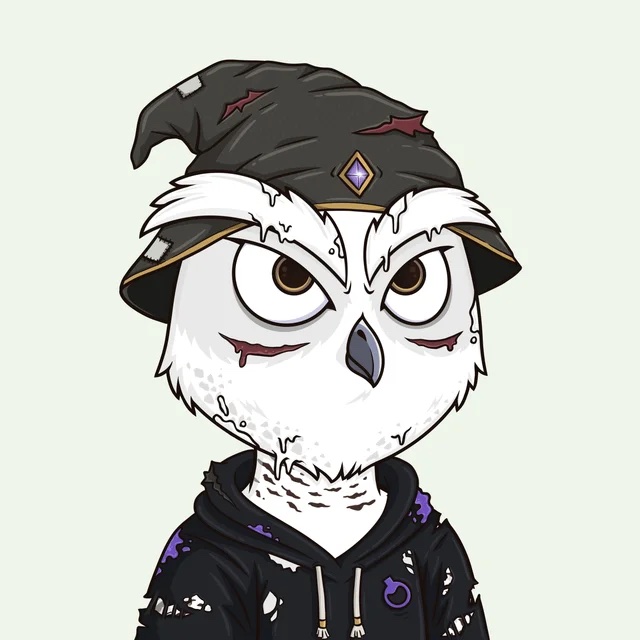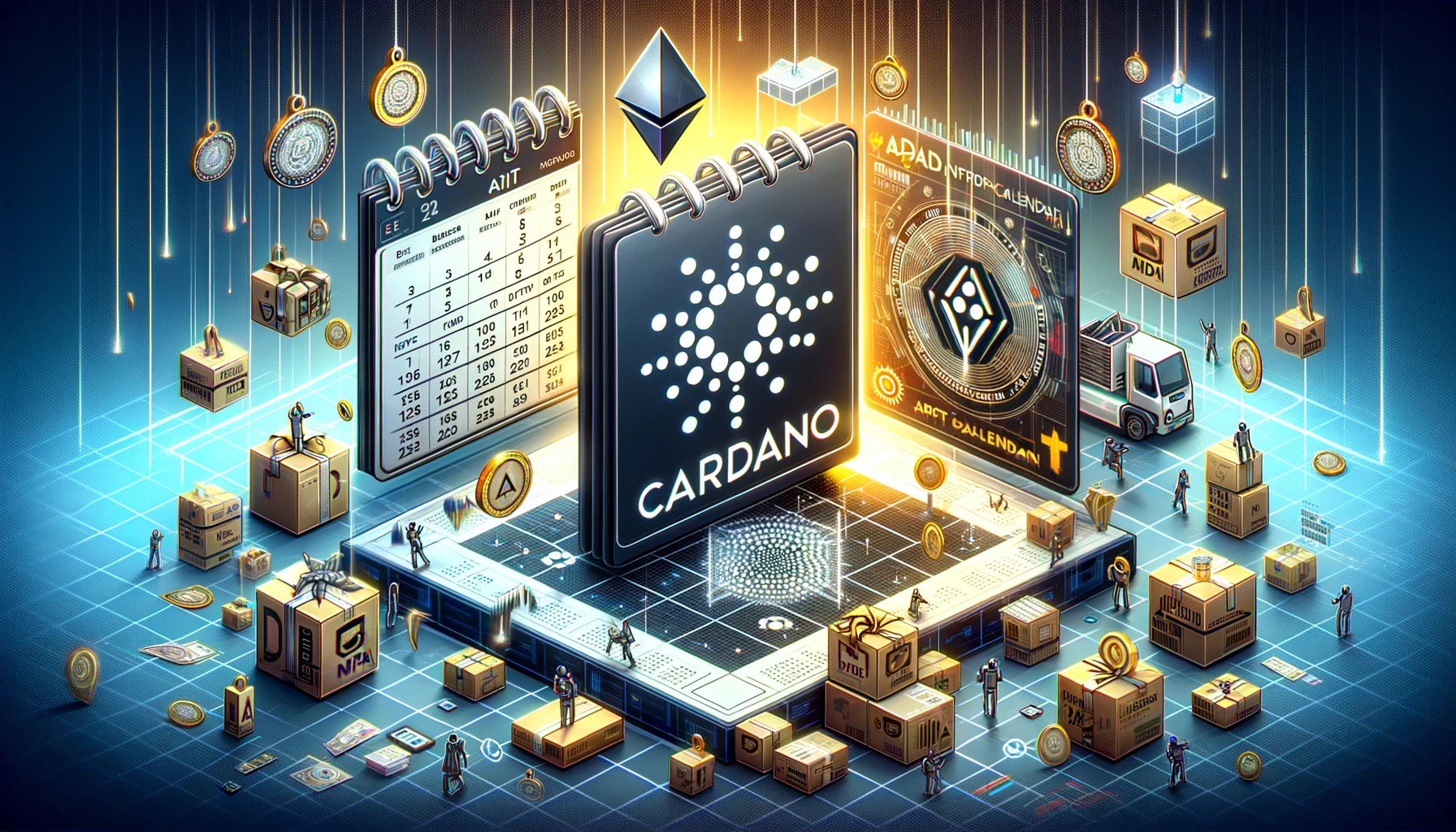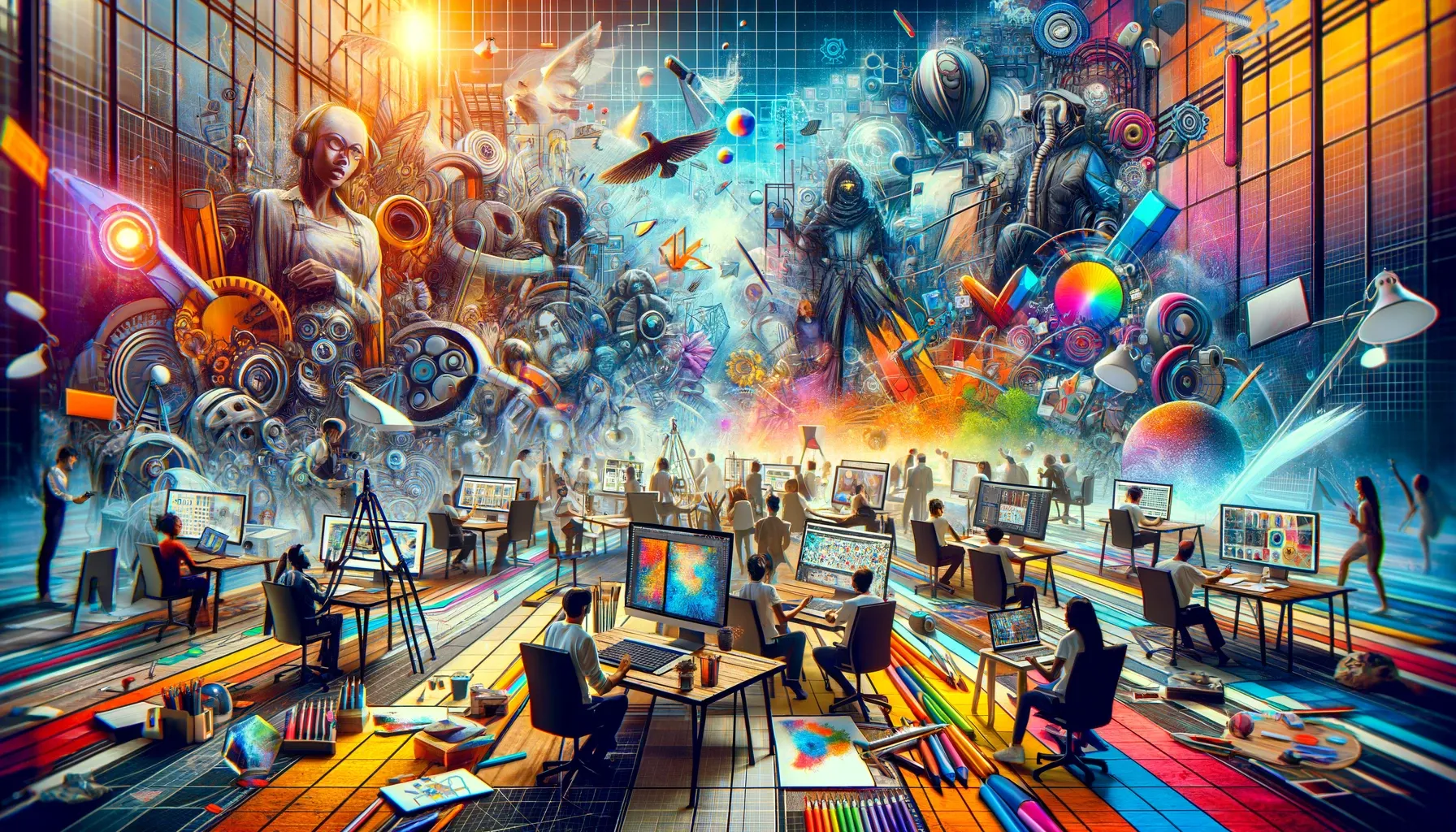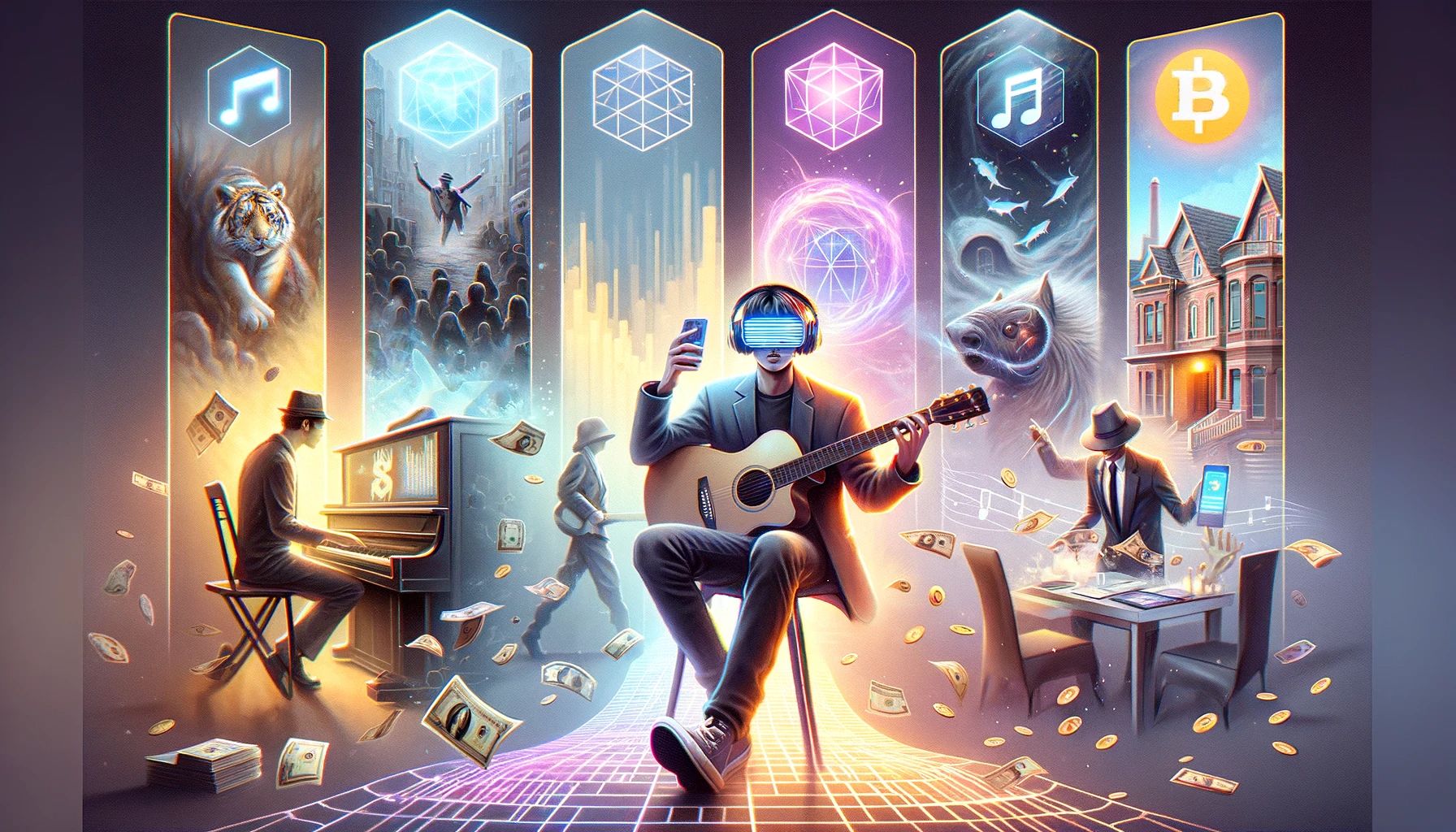Using Sales Volume, Active Wallets, and Market Caps to More Realistically Predict NFT Project Potential
August 8, 2021 - 9 min read
This article compares the NFT market cap to other collectibles market caps and uses sales volume as a technique to more realistically predict the potential of NFT projects.

If you enjoy this article and want to get weekly notifications when new posts go live, subscribe to my e-mail list here.
Not every project can go to the Moon
It’s exciting to fantasize about the undiscovered project you found going “to the moon” but the reality is that for the majority of projects, this will not happen.
Yes, this is still an exciting and fun space, but I’m here to help you think for yourself and this will be an important tool in your toolkit.
*Note: The final section of this article includes TL/DR Key Takeaways, although you’ll be much more informed if you read each section :)
If you want just one takeaway without reading, it’s this: maintain practical optimism about the projects you’re buying into.
Total NFT Marketcap Compared to Other Collectible Markets

Source: Self with use of referenced sources above
Halfway through 2021, the total market capitalization for NFTs grew to $2.5 billion, significantly higher than the $13.7 million halfway through 2020.
July sales are even higher, with $1.2 billion in volume in the past month.
There are currently 56,396 active market wallets according to nonfungible.com.
That’s an average spend of $21,278 per active wallet in the month of July (although that may be higher because as of July 1st there were 33,904 active wallets).
And if NFTs continue at July’s pace, that would put the NFT market cap at roughly $7.5 billion.*
*This is not a professional analysis — it’s illustrative for the comparisons below.
Sports cards are another collectible market that is exhibiting rapid growth and make for a great comparison. Last July, I wrote about the market cap for sports cards and it was estimated to be $5.4 billion dollars.
There isn’t up-to-date information on the market cap for sports cards, so we’ll leave our estimate at roughly $5.4 billion dollars.
The rare art market had a global market value of $64.35 billion in 2019 and $50.06 billion in 2020.
And the rare coin market in the US alone has been projected at $3 billion dollars.
NFTs have 14.9% of the global art market cap
$7.5 billion dollars is a very healthy market cap (if sales continue at July’s pace, this is still an estimate).
Just because it’s 14.9% of the global art market does not mean it will go to the moon. Art collecting has a long history dating back to the ancient Egyptians and buying NFTs still requires some technical know-how.
There is an estimation of about 8,000 to 10,000 art collectors around the globe, many of them in the US and they typically have $1 million of disposable income. The average age of these collectors is 59.
This estimation accounts for more serious collectors but another source estimates that millennials are spending more on art than what was previously thought.
Using Sales Volume to Analyze NFT Projects
CryptoPunks has the highest sales volume of any active NFT project at 300,815 ETH. There are 10,000 individual tokens with 2,800 owners.
Because NFTs are bought and sold using Ethereum, it’s difficult to convert volume to dollars as the price changes frequently. That sales volume at $3,000 ETH pricing would put it around $900,000,000 although analysis that was done previously suggested a full collection value of $2 billion (if someone bought them all today).
The cheapest available punk for sale is 46.98 ETH ($139,390).
Below are the top 10 NFT projects in terms of all-time sales volume displayed in ETH as of 8/7 at 11 pm EST:

Source: OpenSea.io
Even though Hashmasks, #10 on this list, has just 9% of the total sales volume of CryptoPunks, but that doesn’t necessarily mean it is undervalued.
Dividing total volume for Hashmasks (32,202) by the number of assets (16,400) gives us 1.96 ETH spent on average per asset. Over the last 7 days, 911 Hashmasks sold for an average price of $3,290.
If the CryptoPunks market cap is used as a comparison for price potential, prices would need to 9x to make the two equal.
That would bump the average price to 17.64 ETH for each Hashmasks, which is $52,920 based on ETH’s current price. That would require $867,888,000 of money to flow into one project (this would be 8% of the entire market cap of NFTs).
That’s 289,296 ETH.
There are many more ways to evaluate a project, but if you’re buying because you think your project can match the market cap of CryptoPunks or another top project, take a pause and do the math to see what it would take for that to happen and readjust your projection.
It may be better to assume modest growth (in our example, say 9% of volume to 13% of volume) to get a better idea of the project’s potential.
The reality is that unless the market cap expands rapidly (it’s already done this and has a significant market cap relative to other collectible markets) not every project can expect nearly $1 billion of sales volume to flow to their project.
Using Market Caps to Analyze NFT Projects
CryptoPunks accounts for at least $2 billion of the $7.5 billion NFT market cap. There have been a few multi-million dollar sales that may have pushed that number higher.
That’s 26% of the NFT market cap.
There are thousands of projects on OpenSea (3,000+) with just under 60,000 wallets.
The total sales volume won’t be able to support the reality of every project going to the moon.
Instead, you should focus on the Pareto Principle, which is a concept in Economics that suggests 80% of the outcome is based on 20% of the input.
In the case of NFTs, 80% of sales volume will come from 20% of projects.
Currently, the total sales volume of the top 10 projects is 786,035 ETH and 49% comes from the top 2 projects (the 20%). It’s not quite the 80% we would expect, but I bet if you did the math across the sales volume of the 3,000 projects, the top 20 would make up at least 80% of total sales volume.
Actionable Takeaway: Buy into projects you like and don’t spend more than you can afford to lose. The safest bet is buying into projects you believe will be in the top 20% over the long term. Not everyone can afford a Cryptopunk, so as you’re buying, ask yourself if the NFT you’re considering could be in the top 50 projects.
To do that, pay attention to what is in the top 10, 20 and 30. CyrptoPunks has historical significance and I can tell you that many experienced people are doing homework on projects that matter to the history of NFTs:

Source: Twitter
CryptoPunks also has a strong community — holders believe in it, it’s their identity and they aren’t looking for a quick flip. Many of the projects in the top 25 display the same characteristics. If you want to see an example what a buzzing and strong community that really believes in its project and creator, enter the VeeFriends discord and spend time there. Spend time in those projects to help you get a feel for what separates them from the masses of new projects being minted.
Key Takeaways
(1) The NFT Market Cap is very healthy — it’s already surpassed other collectible markets that have 100+ year histories. Yes, it’s 14.9% of the art market, so there’s plenty of room to grow, but it will take time.
(2) Be Wary of “Boogey Man Demand”— this may sound silly, but if you’re telling yourself and others that a project is going to the moon, ask yourself who’s going to buy it and why.
Is it celebrities? New collectors? OG NFT buyers? Your friends and family?
If your project floors to $30,000, would you advise your best friend to buy in? Why / why not?
The great thing is that there are less than 60,000 active wallets. To say we are early is an understatement, but if a new collector enters the market, where is he or she going to want to spend their money?
(3) Study the Traits of Top Projects — we have a mature market cap and people have done their homework. It will evolve, over time, but don’t reinvent the wheel.
The common factors experienced collectors have advised me to follow include the following:
(1) Historical Significance
(2) Rarity
(3) Utility
(4) Cultural Relevance
(5) Community
(6) Project Creators / Artists
(7) Supply
(8) Price
I know, it takes work to do this, but remember, I don’t want to tell you what to buy, I want you to learn how to develop your own framework of thinking to find your own collection.
PS — if you buy something you love that you don’t mind going to zero, these factors don’t matter.
(4) Balance Your Bets with Safe Plays — In sports cards, many people advise buying retired Hall of Fame players. Why? They can’t get injured. Their careers are etched into history. You may not 1,000x your money, but those cards are relatively safe. Then spend a little on rookies you think have potential.
The same goes for NFTs. Not everything can go to the moon, so balance your buys with established projects. Take some bets, but balance it with established projects you can afford.
(5) Demand is REALLY small— there are less than 60,000 active wallets buying and selling NFTs.
That’s 2% of the US adult population (and NFTs will serve a global audience).
The problem is that supply is accelerating fast (thousands of projects) so while this can explode, it will take time and smart money will concentrate on projects with top 20% potential.
(5) NFTs will be a significant part of our lives — if you’ve made it this far in the article, you get it. NFTs present an entirely new landscape to buying, selling, investing in artists and creators, cultivating relationships, etc.
There’s collecting. There’s security. There’s transparency.
There are a lot of opportunities in the NFT, but just remember to approach it with practical optimism.
Newsletter
Enter your email address below to subscribe to my newsletter
latest posts





